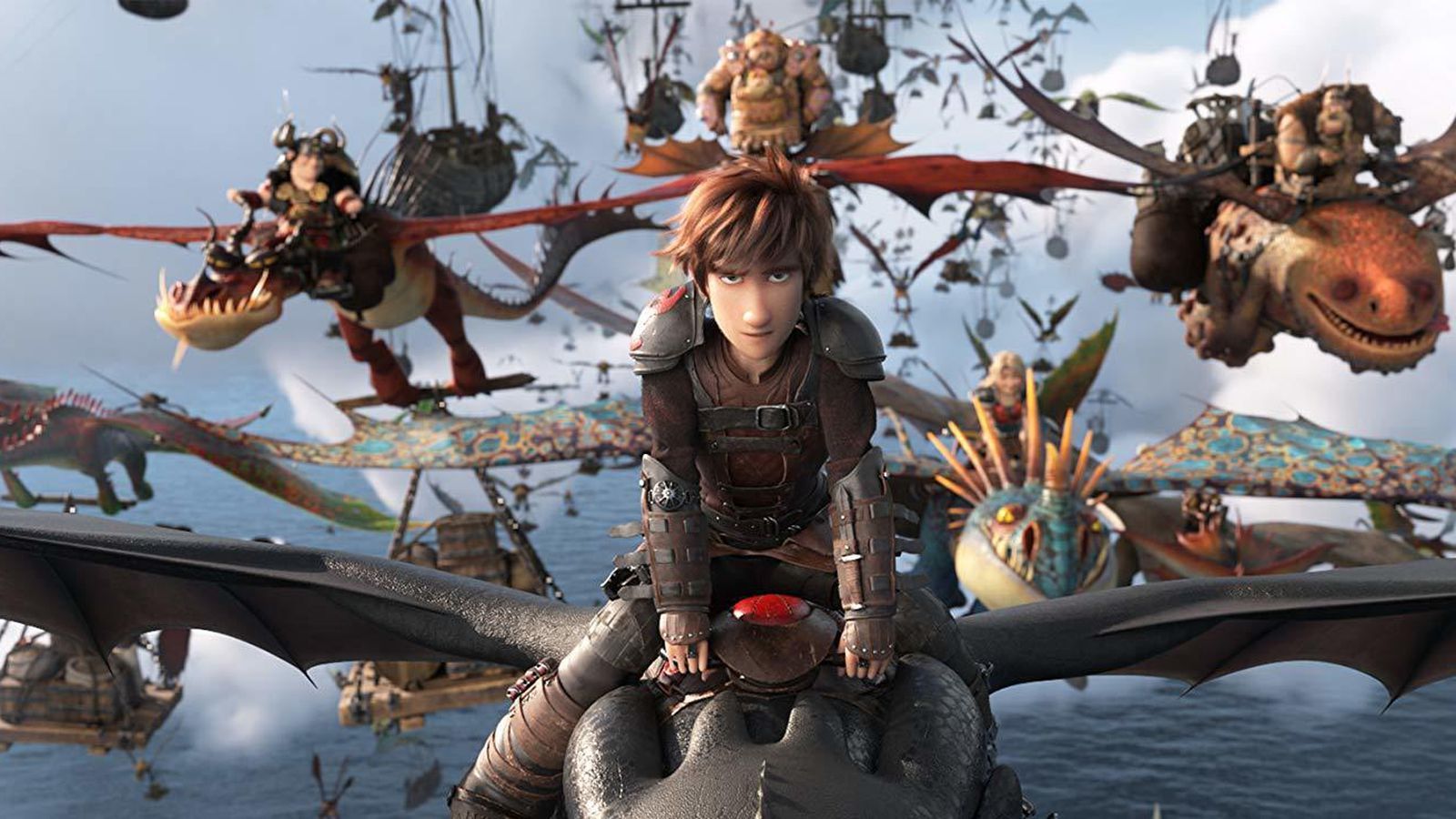Dreamworks Animation’s finest franchise comes to a rousing end with How to Train Your Dragon: The Hidden World. This trilogy capper is as robustly animated and deeply felt as its predecessors, brimming with detail and invention, welling with emotion satisfying and earned. If some of its adventure plotting seems thinner and more perfunctory this time around, its expansive heart and moving generosity towards its characters’ conclusion more than makes it an overall worthy finale. Writer-director Dean DeBlois and his creative partner Chris Sanders return us once again to the tiny village of Berk, where live the only Vikings who’ve learned to peacefully coexist with dragons. Because of this, they’ve been targeted by others who still view the beasts as pests to be eradicated, a direct challenge to their philosophy and to their still-untested young chief Hiccup (Jay Baruchel). As he makes moves to improve his people’s lives — and hopes to convince his sweetheart (America Ferrara) to marry him — a new enemy arises. The sinister villain (F. Murray Abraham) happens to be the very hunter who has killed off all but one of the Night Furies, the species of Hiccup’s beloved jet-black dragon Toothless. (That there may yet be hope for the Night Furies, in the figure of a pure-white female counterpart, is a fine reflection of the human hero’s romance.) So the plot of the film concerns the Berk-ians attempts to secure safety for themselves and their dragons once and for all, and the full finality of the machinations lend the film a sturdy weight as it approaches its climax. Moving quickly, it drifts behind and builds upon the foundation of the first two films, wringing all the suspense and affection out of the boy-and-his-dragon relationship as they have grown and changed and may yet find themselves going their separate ways — to grow apart, yet not alone, and hopefully not forever. Amidst the characters’ empathetically told developments, the action is swift and visually appealing. The production design remains a CG dazzlement of richly lit and staged computer images overseen by visual consultant Roger Deakins. The sweeping epic score by John Powell booms and floats with triumphant grace. Far more than merely the surface pleasures, and not only a warm nostalgic victory lap in a lovable fantasy world, the film finds a stirring and fitting end point for three films, taking its ensemble, and its core man-and-beast bond, to a suitable end at once surprising and natural. It’s a worthy final chapter indeed. What a relief to find a series that took off well, and then soared to even greater heights, come in for a fine landing.


No comments:
Post a Comment